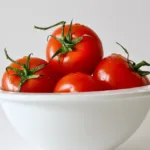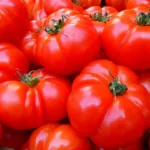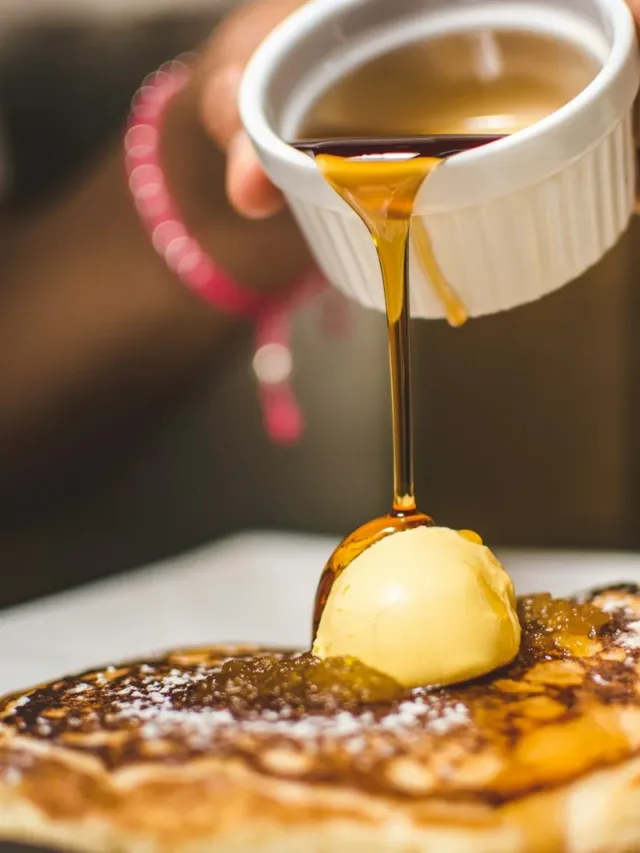How to store Tomatoes for price surging monsoon?
The monsoon season in India, which typically occurs from June to September, almost always causes excessive rainfall which leads to waterlogging, flooding, and ultimately damage many vegetation and crops including tomatoes. As a result, the supply of tomatoes gets reduced, leading to a decrease in the overall availability of tomatoes in the market. When the supply is limited, the demand for tomatoes remains constant or even increases, causing prices to surge exponentially.
It has been observed year after year that the prices of vegetables in India, sky rockets to 3-8 times their price pre-monsoon. As such, consuming every day necessities such as tomatoes and other vegetables becomes a significant burden on the common man. As such, it is imperative for the middle class to look for methods to cut down on costs either by reducing consumption or by finding alternative food. But there is a third option, which is to learn effective methods of storage of tomatoes and other veggies during pre-monsoon prices and consume them during monsoon period. Or if one is proficient enough and has capital for large storage, one can make a small fortune during monsoon by selling the stored tomatoes to restaurants or general retail.
So, without further ado, here is a step-by-step guide to freeze tomatoes for long-term storage easily –
How to store Tomatoes?
Equipment
- 1 pot
- 1 deep freezer
Materials
- 40 pieces Tomatoes
Instructions
- Select Ripe Tomatoes: Choose fully ripe tomatoes for freezing. This ensures they have developed their full flavor and sweetness.
- Wash and Remove the Core: Rinse the tomatoes under cool running water to remove any dirt or debris. Cut out the tough stem area (core) with a sharp knife.
- Blanch the Tomatoes: Blanching helps preserve the flavor, color, and texture of the tomatoes. Bring a large pot of water to a boil and prepare an ice bath (a bowl filled with ice and water) nearby.
- Score and Blanch the Tomatoes: On the bottom of each tomato, make a small “X” shaped slit with a sharp knife. Carefully lower the tomatoes into the boiling water and blanch them for about 30 seconds to 1 minute. The exact timing depends on the size and ripeness of the tomatoes.
- Ice Bath: Using a slotted spoon or tongs, transfer the blanched tomatoes to the ice bath immediately after blanching. This stops the cooking process and cools them rapidly.
- Peel the Tomatoes: Once the tomatoes are cool, remove them from the ice bath and gently peel off the skin starting from the “X” shaped slit. The blanching should make the skin easy to peel.
- Remove Excess Moisture: Cut the peeled tomatoes into desired sizes or leave them whole. If the tomatoes are excessively juicy, you can remove the seeds and excess moisture by squeezing them gently or using a spoon to scoop out the seeds.
- Packaging: Place the prepared tomatoes into airtight freezer bags or containers, leaving some headspace for expansion. Squeeze out any excess air from the bags before sealing them tightly. Alternatively, you can use a vacuum sealer to remove air completely.
- Label and Freeze: Label the containers with the date and contents. Place them in the freezer on a flat surface to freeze. Avoid stacking or overcrowding the containers until they are frozen solid.
By using this simple storage guide you can save a great amount of your hard-earned money on groceries.
Here is another simple guide to store tomatoes properly for short duration while maintaining their freshness.
How to keep Tomatoes Fresh?
Equipment
- 1 Storage bin
Materials
- 20 pieces Tomatoes
Instructions
- Room Temperature: Whole, ripe tomatoes are best stored at room temperature, ideally between 55°F (13°C) and 70°F (21°C). Keep them away from direct sunlight, as excessive heat can cause them to ripen too quickly and lose their flavor.
- Stem-Side Up: Place tomatoes with the stem-side facing up. This helps to prevent air and moisture from entering through the scar, which can lead to spoilage.
- Avoid the Fridge: Avoid refrigerating tomatoes unless they are fully ripe and you need to extend their shelf life. Cold temperatures can affect the texture and taste of tomatoes, making them mealy and less flavorful.
- Separate from Ethylene Producers: Tomatoes are sensitive to ethylene gas, which is emitted by certain fruits like bananas, apples, and avocados. Store tomatoes separately from these ethylene-producing fruits to prevent them from over-ripening quickly.
- Check for Ripeness: If your tomatoes are not fully ripe, you can place them in a paper bag with a ripe banana or apple. The ethylene gas released by the ripe fruit will help speed up the ripening process.
- Use Ripe Tomatoes Promptly: Once your tomatoes are fully ripe, use them within a few days for the best flavor and texture. Overripe tomatoes can be refrigerated to prolong their shelf life, but they may lose some flavor and become soft.
- Freeze for Long-Term Storage: If you have an abundance of tomatoes, you can freeze them for longer-term storage. Simply blanch them, remove the skin, and place them in airtight freezer bags or containers. Frozen tomatoes are best used in cooked dishes like sauces, soups, or stews.
Notes
You can also look into our 5 Best Tomato Alternatives for Indian Cooking Guide to substitute/ reduce consumption of costly tomatoes this monsoon.









